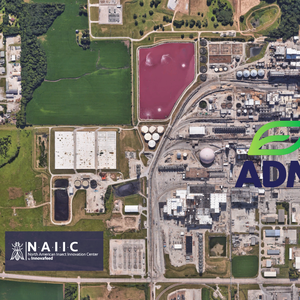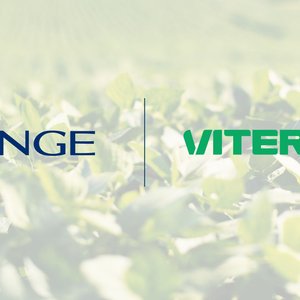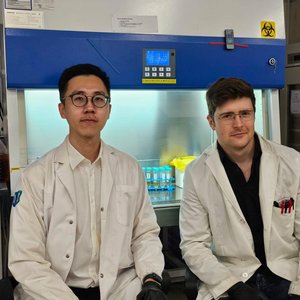Four experimental fish farms that federal officials say validate their proposal to codify offshore aquaculture are beset with economic, environmental and technological problems, according to a new report by Food & Water Watch. The report was delivered to members of the Senate Commerce Committee. Its Subcommittee on National Ocean Study Policy is conducting a hearing today on S. 1195, the National Offshore Aquaculture Act of 2005.
S. 1195 would provide a legal framework to allow fish farming in federal waters from three to 200 miles off the U.S. coast. Backed by the National Oceanic and Atmospheric Administration (NOAA), this bill is being touted as a solution to the U.S.’s $7 billion seafood trade deficit. Food & Water Watch and other consumer, fishing and environmental groups strongly oppose the bill, which lacks safeguards to protect the environment.
Polluted sea-floors, altered ecosystems, a deadly virus, swarming sharks, escaped fish, financial losses and other problems have plagued aquaculture facilities off the coasts of Hawaii, New Hampshire and Puerto Rico, according to the report, Seas of Doubt.
“These operations face credibility issues because they have published virtually no data to demonstrate that the farms are not causing environmental damage,” said Wenonah Hauter, executive director of Food & Water Watch. “If these are the demonstration projects that are supposed to cheerlead open ocean aquaculture, we’re not impressed.”
NOAA believes offshore aquaculture will help quintuple annual aquaculture production over the next 20 years. To achieve this, however, thousands of fish cages may need to be constructed. Aquaculture cages crammed with tens of thousands of fish generate enormous amounts of waste from excrement and uneaten feed, damaging seafloors and causing harmful algae blooms. Escaped fish can carry diseases to wild fish. And wild fish are often ground up to manufacture feed, thus increasing the pressure on wild populations and actually decreasing the amount of food the oceans provide to people.
The government cites four fish farms as examples that offshore aquaculture can be affordable and environmentally benign: Cates International (Oahu, Hawaii), Kona Blue Water Farms (Big Island, Hawaii), Snapperfarm (Culebra, Puerto Rico) and the University of New Hampshire Open Ocean Aquaculture Project (Portsmouth, N.H.).
Seas of Doubt documents a variety of problems with these operations, including:
At Cates, the seafloor has been “grossly polluted.”
Thousands of fish have escaped from Kona Blue.
Snapperfarm experienced shark attacks that nearly put it out of business.
The University of New Hampshire has never studied whether its finfish operation is economical – having only “done some calculations on the back of a napkin.”
“The decisions we’re making today will affect generations to come – let’s not be shortsighted and allow four questionable experiments dictate how we should fish for the next century,” said Hauter.
Food & Water Watch is an action group that describes its philosophy and activities on its website as:
Food
Sustainable and local; chemical free; humanely raised; family farmed; clearly labeled--that's what we want. Factory farms for animals and fish; dangerous practices that lead to diseases like mad cow; and risky technologies like irradiation—that's what we are fighting to prevent.
Water
The right to water for people and nature; safe, affordable and publicly controlled; citizen participation; investment in infrastructure - that's what we want. Privatization of fresh water and ocean resources; pollution and depletion of water resources by agriculture and industry - that's what we are fighting to prevent.
In a Nutshell...
We are working with grassroots organizations and other allies around the world to stop the corporate control of our food and water. We are committed to creating an economically and environmentally viable future.










